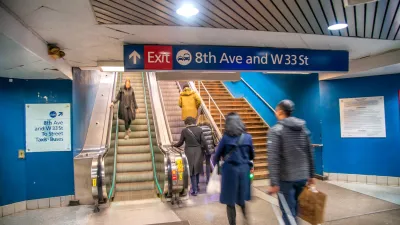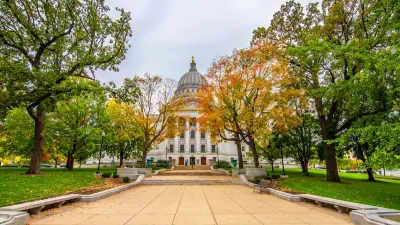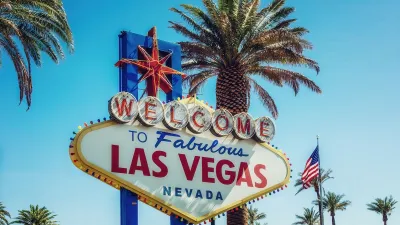A new study published in the June issue of Landscape and Urban Planning intends to settle once and for all the debate about whether urban trees provide a deterrent or inducement for crime, writes Eric Jaffe.
Conflicting studies over the years have reached differing conclusions about the relationship between urban vegetation and crime. One school of thought believes urban greenery provides a natural hiding place for criminals, another argues that "trees actually decrease crime either by attracting more people to public
places (Jane Jacobs' 'eyes on the street' theory) or by signifying to
criminals that people care about their neighborhood (James Q. Wilson's 'broken windows' theory).
A recent study conducted by a team of environmental researchers, led by Austin Troy of the University of Vermont, on the relationship between crime and vegetation in Baltimore seeks to end the debate. According to Jaffe, researchers "report an inverse relationship between tree canopy and a variety of crimes in the Baltimore city and county regions."
And their nuanced findings help to explain the prior confusion. "While low dense brush seems to increase it [crime], tall broad canopies seem to
decrease it. That nuanced conclusion harmonizes with another study published earlier this year, in which U.S.D.A. Forest Service researcher Geoffrey Donovan (who has also linked urban tree coverage to home prices)
reports the same mixed tree-crime associations in Portland, Oregon."
FULL STORY: Can Trees Actually Deter Crime?

Alabama: Trump Terminates Settlements for Black Communities Harmed By Raw Sewage
Trump deemed the landmark civil rights agreement “illegal DEI and environmental justice policy.”

Planetizen Federal Action Tracker
A weekly monitor of how Trump’s orders and actions are impacting planners and planning in America.

The 120 Year Old Tiny Home Villages That Sheltered San Francisco’s Earthquake Refugees
More than a century ago, San Francisco mobilized to house thousands of residents displaced by the 1906 earthquake. Could their strategy offer a model for the present?

In Both Crashes and Crime, Public Transportation is Far Safer than Driving
Contrary to popular assumptions, public transportation has far lower crash and crime rates than automobile travel. For safer communities, improve and encourage transit travel.

Report: Zoning Reforms Should Complement Nashville’s Ambitious Transit Plan
Without reform, restrictive zoning codes will limit the impact of the city’s planned transit expansion and could exclude some of the residents who depend on transit the most.

Judge Orders Release of Frozen IRA, IIJA Funding
The decision is a victory for environmental groups who charged that freezing funds for critical infrastructure and disaster response programs caused “real and irreparable harm” to communities.
Urban Design for Planners 1: Software Tools
This six-course series explores essential urban design concepts using open source software and equips planners with the tools they need to participate fully in the urban design process.
Planning for Universal Design
Learn the tools for implementing Universal Design in planning regulations.
Clanton & Associates, Inc.
Jessamine County Fiscal Court
Institute for Housing and Urban Development Studies (IHS)
City of Grandview
Harvard GSD Executive Education
Toledo-Lucas County Plan Commissions
Salt Lake City
NYU Wagner Graduate School of Public Service





























